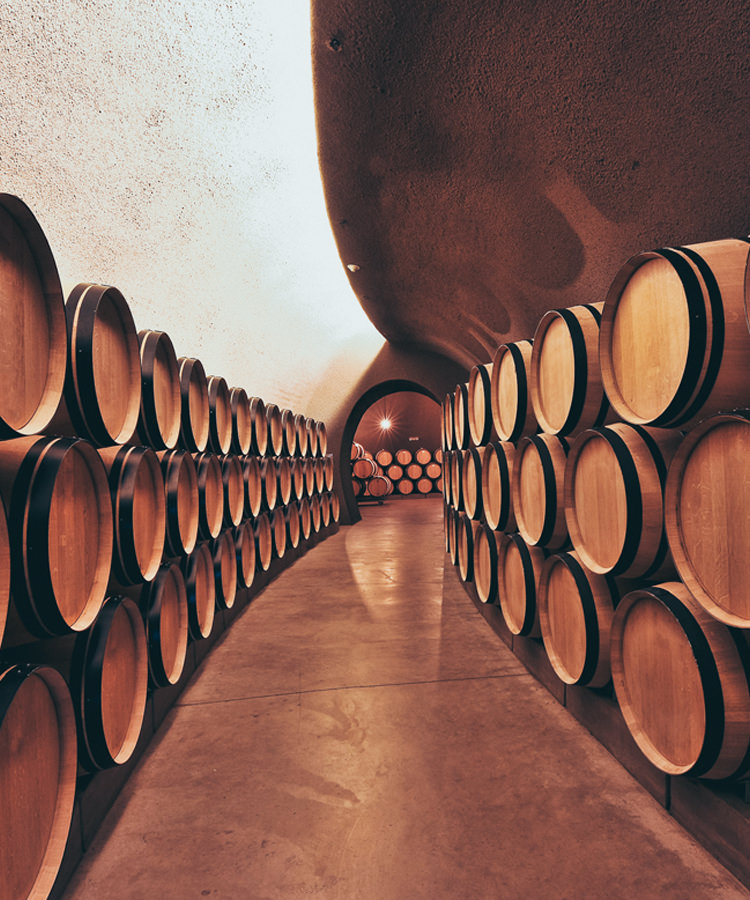A sommelier’s job is to guide guests to wines they’ll love, and often the best way to do that is to ask questions. Queries like “red or white,” “still or sparkling,” and even “earthy or fruity” are fairly straightforward. But sometimes a sommelier will throw a curveball: “Do you prefer a traditional wine, or a modern style?”
What the heck is the somm talking about?
Winemaking has come a long way over the centuries, and it’s generally agreed that modern innovations are good things. Techniques like temperature-controlled fermentation and thorough winery cleaning allow winemakers to produce more consistent, less volatile products year after year. However, many winemakers, particularly in a few renowned Old World regions, continue to tout their winemaking methods as either “traditional” or “modern.”
Don't Miss A Drop
Get the latest in beer, wine, and cocktail culture sent straight to your inbox.These terms are used to describe the style of the resulting wine. The debate generally boils down to one thing: aging.
While the specifics vary, traditional wines are typically made in an Old World, earth-driven style, upholding the methods of that region. Modern wines emerged in the early 1980s, and are produced in a New World style, placing more emphasis on fruit and new oak. Modern winemaking is inspired by techniques from California and other emerging regions from that time.
The pull between traditional and modern winemaking is best illustrated in Piedmont. When the modernist movement began in the 1980s, producers in Barolo and Barbaresco locked into a fierce battle. Concerned about the ripeness of their Nebbiolo grapes, Barolo and Barbaresco producers would typically macerate them for an extended length of time — around 30 to 50 days — in order to extract as much flavor as possible. Then they would age the wine in large, neutral Slavonian oak botti. The result was a wine with such a tannic, austere nature that it required years of aging before it was suitable to drink.
After years of experimentation, a group of producers banded together to introduce a new, modern winemaking philosophy. Forefathers included Elio Altare in Barolo and Angelo Gaja in Barbaresco. These modernists macerated grapes for a shorter period of time — around 6 to 8 days — and aged the wine in small, new French oak barriques. The resulting wines were softer, fruitier, and oakier, and did not require long aging.
To traditionalists, this style of winemaking was a scourge on the regions’ names. Neighbors feuded for years in this so-called “Barolo war,” and producers like Bartolo Mascarello became outspoken defenders of the traditional wine style. Mascarello’s 1999 vintage had a hand-painted label that read, “No Barrique, No Berlusconi,” disowning what it considered the two biggest threats to Italy.
Today the conflict has cooled. While strong opinions among both winemakers and sommeliers persist, it is widely accepted that excellent wines can be made by both traditionalists and modernists. Some producers have changed philosophies over the years, as former modernists lower their usage of new oak; others adopted a hybrid traditional-modern philosophy, perhaps employing a long maceration but aging the wine in barriques.
While the terms “traditional” and “modern” can be used to refer to the styles of any type of wine, the differing philosophies are seen most often in Italy and Spain. Italy’s Brunello di Montalcino, Chianti, Valpolicella, and even Montefalco in Umbria all have their fair share of both traditionalists and modernists. In each of these regions, it’s typical to expect that a traditional wine will not have new oak influence, while a modern wine will have more fruit and oak-forward characteristics.
In Spain’s Rioja, the terms take on a slightly different meaning. Both traditional and modern wines are typically aged in new oak, but traditional Rioja is aged for long periods of time in American oak, giving an exotic coconut-dill and savory character, whereas modern Rioja is aged for a shorter period of time in French oak, creating a more concentrated, fruit-forward, vanilla-baking spice-flavored wine.
After nearly 40 years of debate, the question remains: Is one style of wine better than the other? In the end, it comes down not to quality, but to personal preference. Fans of oak-aged Napa Cabernet Sauvignon and concentrated Barossa Shiraz, or those who prefer high-end Bordeaux, will likely gravitate toward modern styles of wine. Lovers of earthy red Burgundy and savory Cháteauneuf-du-Pape with probably find more satisfaction with traditional styles.
The best part? These days, there’s absolutely no need to take a definitive stand in this battle, meaning more delicious wine for everyone.
